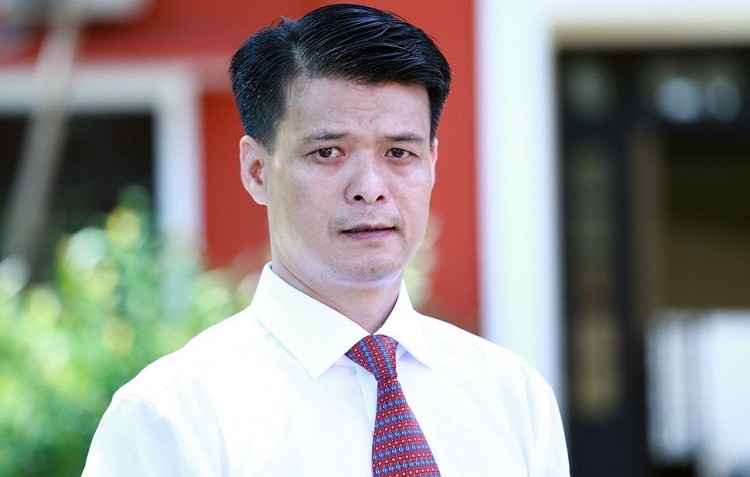 |
| Dr. Nguyen Van Dang said that the recent mini apartment fire incident highlights the urgent need to protect public interests. |
Need to protect public interests
Notably, the recent apartment fire incident also highlighted the urgent need to protect public interests, thereby ensuring collective safety associated with a specific type of residence, which is on the rise in urban areas in our country today.
The outstanding feature of mini apartment spaces is the high density of residents, the population is distributed according to the number of floors. Unlike apartments run by businesses, mini apartments are built spontaneously by people to meet the needs of people with low incomes, people who want more personal space, or students who need short-term accommodation. In case of a dangerous situation, mini apartment residents often have only two options to go down to the ground: the elevator or the stairs, which are also the safest escape routes.
Safety in the event of an unusual situation such as fire, explosion, fire, electrical short circuit, etc. is a collective need, also known as the “public interest” of the group of residents in each mini apartment building. This type of public interest reflects the needs of all members in the apartment building, but each individual cannot ensure that the need is fully met, or that the public interest is best protected in all situations. Therefore, apartment members need intervention from public authorities to protect their common interests.
The recent fire at a mini apartment building in Khuong Ha shows that the preventive or self-protective measures of each individual or household when a dangerous situation occurs are not enough to keep the residents safe. With sudden and widespread fires, small fire extinguishers become less effective. Choosing to climb down to the ground by rope or climbing to another house only helps a few individuals escape, but does not guarantee that the entire group of residents in distress can escape safely. The number of nearly one hundred casualties shows that public interests have not been properly protected, leading to serious and collective consequences.
Regarding the mini apartment fire in Khuong Ha, the fire prevention and fighting force has shown its ability to respond quickly and make great efforts. However, the rescue results of this force depend on many factors such as: time of receiving the report, distance to the scene of the incident, width of the street leading to the scene of the accident, and the space around the scene of the situation requiring support.
All of the above factors, together with the heartbreaking results of this incident, make it impossible for us to be complacent and leave all responsibility for ensuring the safety of residents to professional rescue forces. Instead, we need to consider adding on-site solutions to help the group of victims escape together, which means protecting the public interest and minimizing collective consequences.
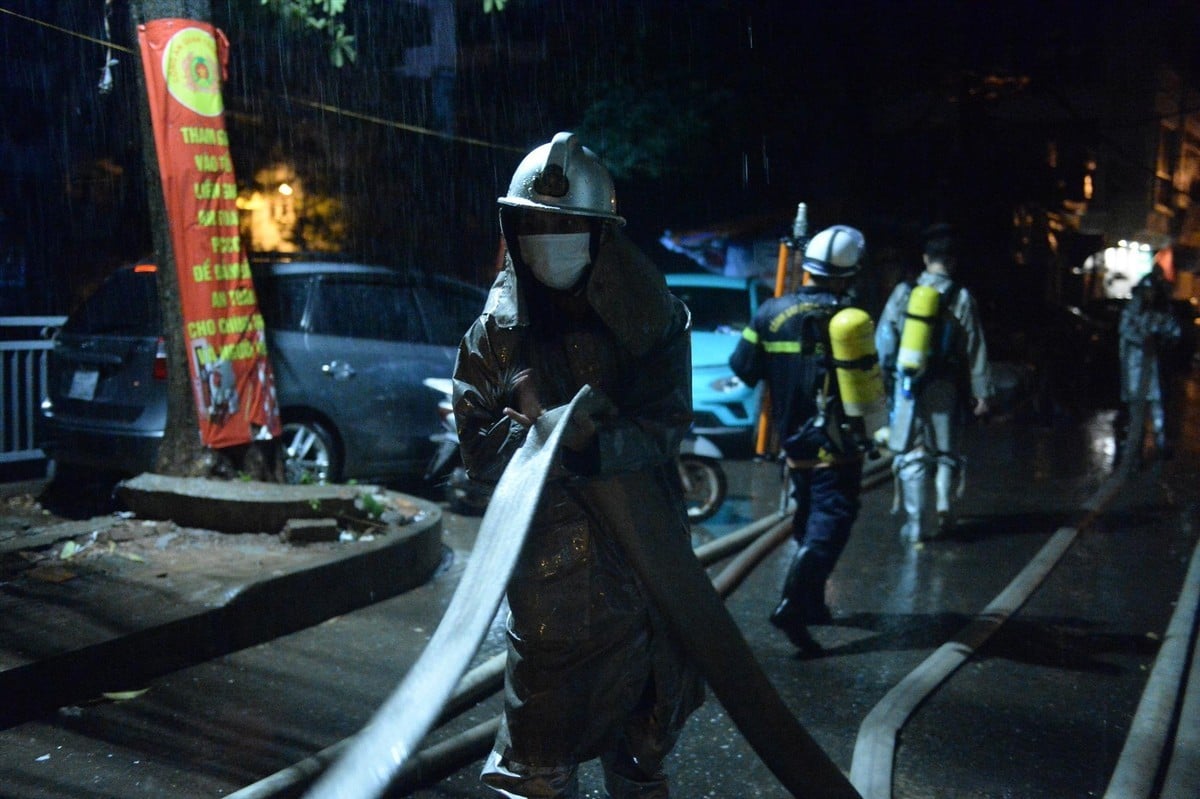 |
| Firefighters try to pump water to put out the fire. (Source: TP) |
Need to add solutions to increase safety for mini apartments
This fire shows the gap in measures to protect public interests, that is, to help all residents escape safely in all situations. In fact, the fire at the mini apartment building in Khuong Ha was discovered early, many people knew about it, but the death toll was still high mainly because residents had no backup options to escape. The staircase was filled with toxic smoke, resulting in most residents being helpless to bear the situation, while others had to risk jumping down, accepting the risk.
One family was lucky to escape because they had a ladder ready. However, as discussed above, protecting the public interest cannot be done on the basis of individual efforts. Instead, government interventions need to be designed, enacted and implemented. These are solutions that give every resident in distress more options and ensure that everyone can escape as safely as possible.
In addition to current regulations, a possible solution is to require mini apartment owners to install emergency escape ladders. This type of ladder can be made of compact, lightweight materials (iron or stainless steel), installed outside the building. This is a popular choice that has long been applied to many apartment buildings in urban areas in developed countries. Installing additional metal ladders may affect the overall aesthetics of the building, but it certainly increases the chance of escape for residents in case of an accident.
The second solution is to have rope ladders available on each floor and on the attic of the apartment building, while encouraging households to equip themselves. The rope ladder system should be accompanied by means that can be used to tie down people if they are unable to climb down by themselves. This way, in case of an accident, residents will have more chances to escape thanks to the availability of many options, including: stairs, metal stairs and rope ladders.
The rapid development of mini apartments in some urban areas in our country meets a real need of some social groups. Therefore, although there are still many shortcomings, we also need to determine the point of view that mini apartments will still be a necessary housing segment for a part of the urban population. This reality raises the need for additional solutions to increase the safety level of mini apartments.
The unfortunate consequences of a number of recent apartment fires show that government regulations are primarily aimed at protecting private interests. More attention should be paid to measures to protect public interests that can reduce the severity of each dangerous situation.
Therefore, in addition to policy interventions to change the behavior of individual residents, we need to realize that to avoid collective consequences, it is necessary to supplement regulations to protect public interests, demonstrated through the two solutions mentioned above, aiming to minimize collective consequences.
Source







![[Photo] Party and State leaders meet with representatives of all walks of life](https://vstatic.vietnam.vn/vietnam/resource/IMAGE/2025/8/24/66adc175d6ec402d90093f0a6764225b)
![[Photo] Phu Quoc: Propagating IUU prevention and control to the people](https://vstatic.vietnam.vn/vietnam/resource/IMAGE/2025/8/24/f32e51cca8bf4ebc9899accf59353d90)
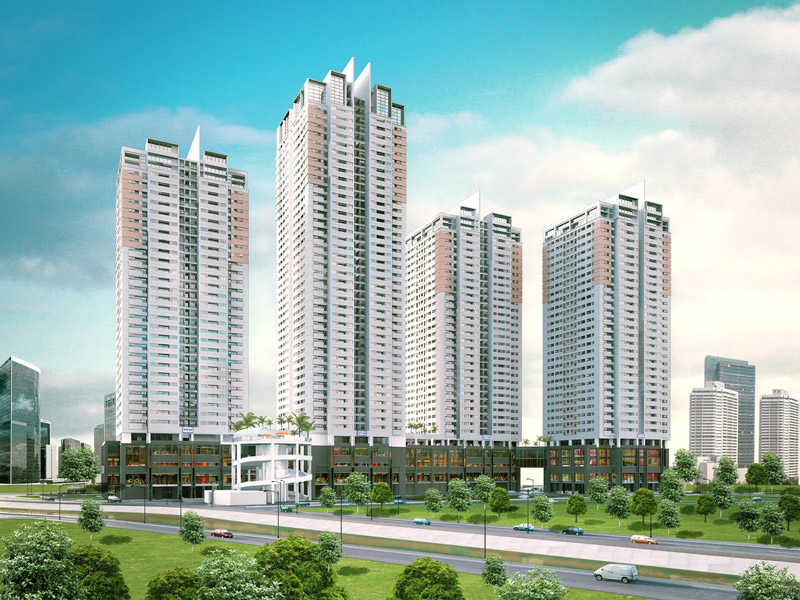

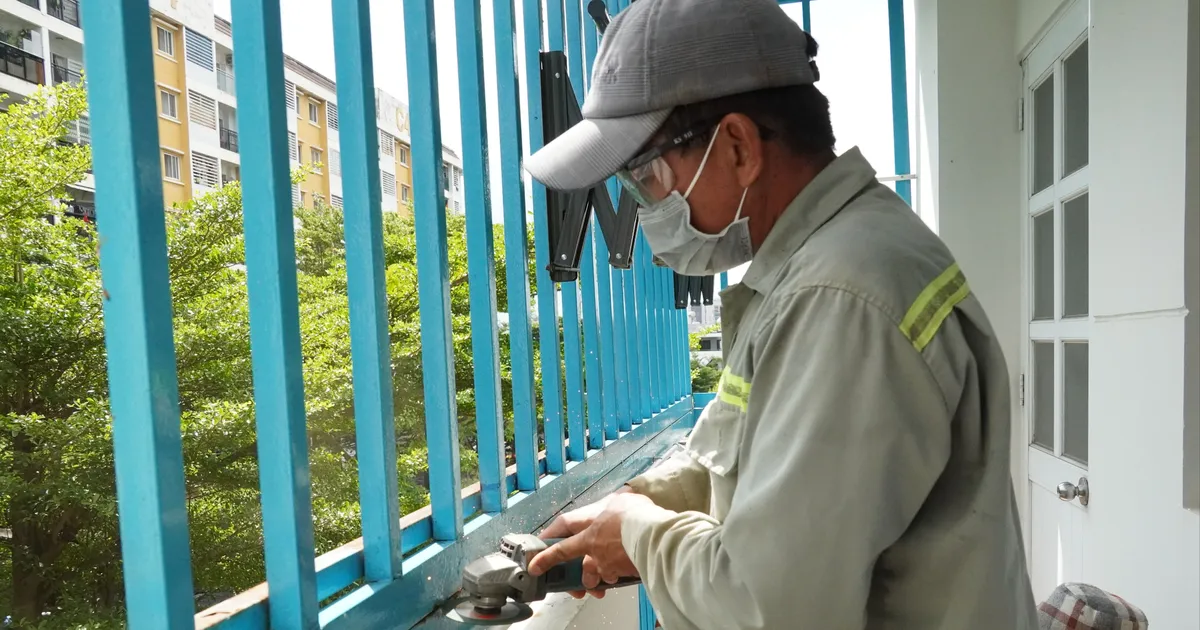

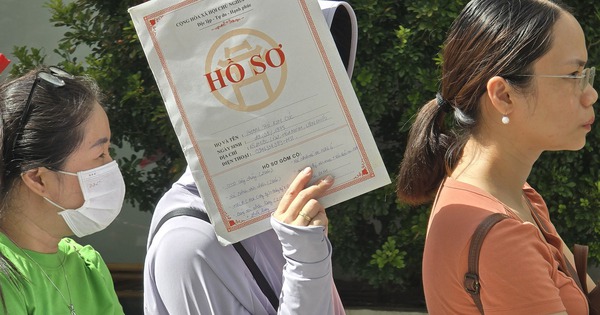

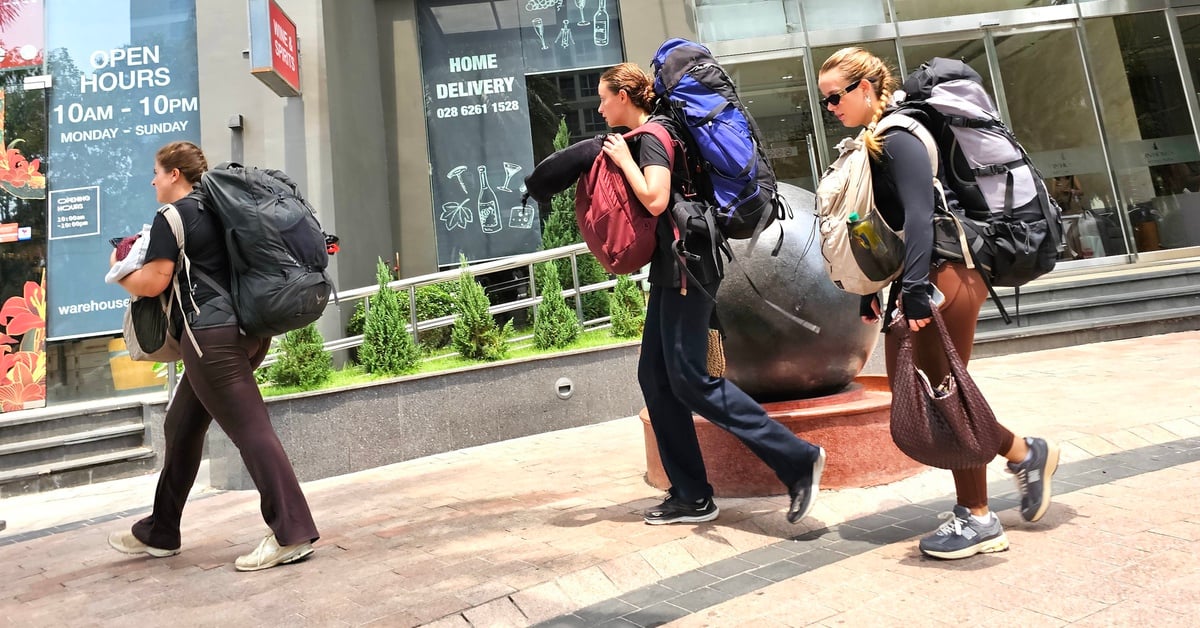

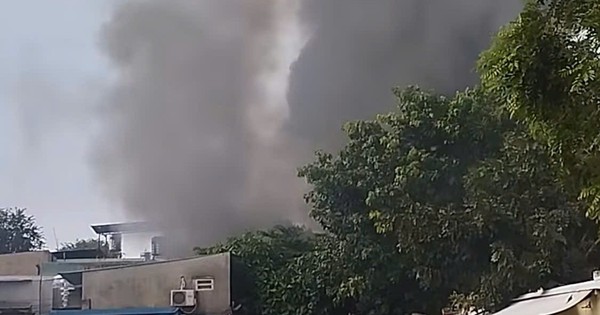
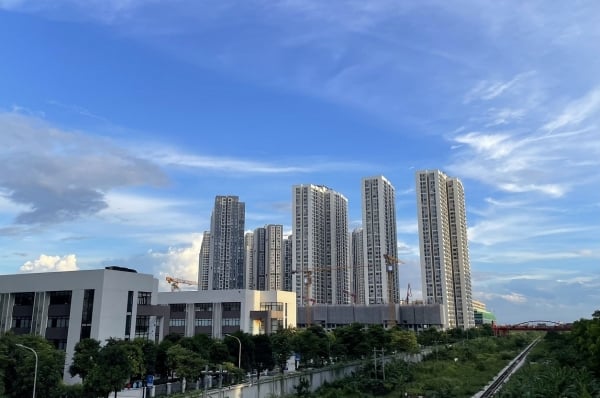







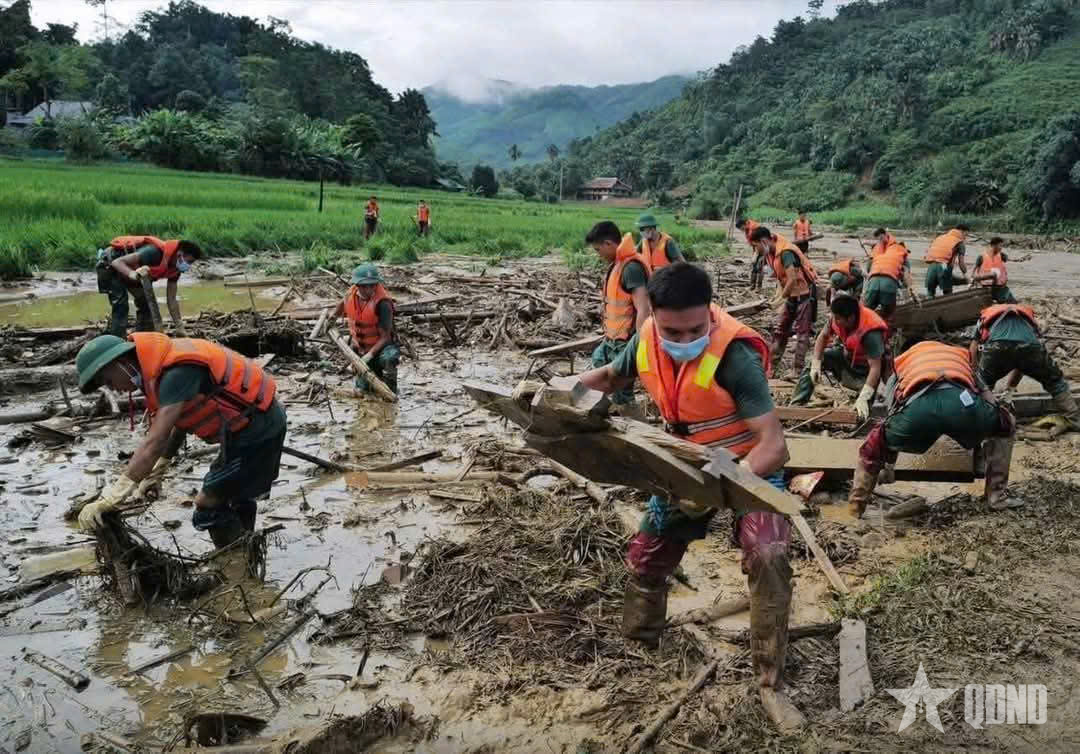








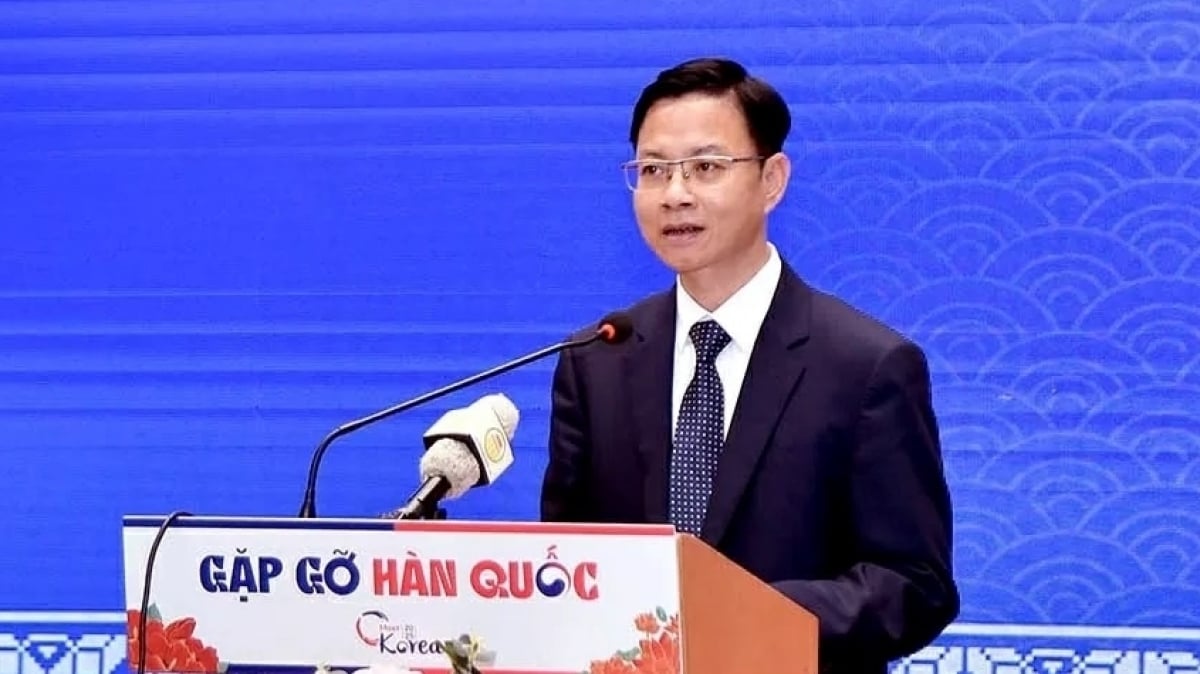
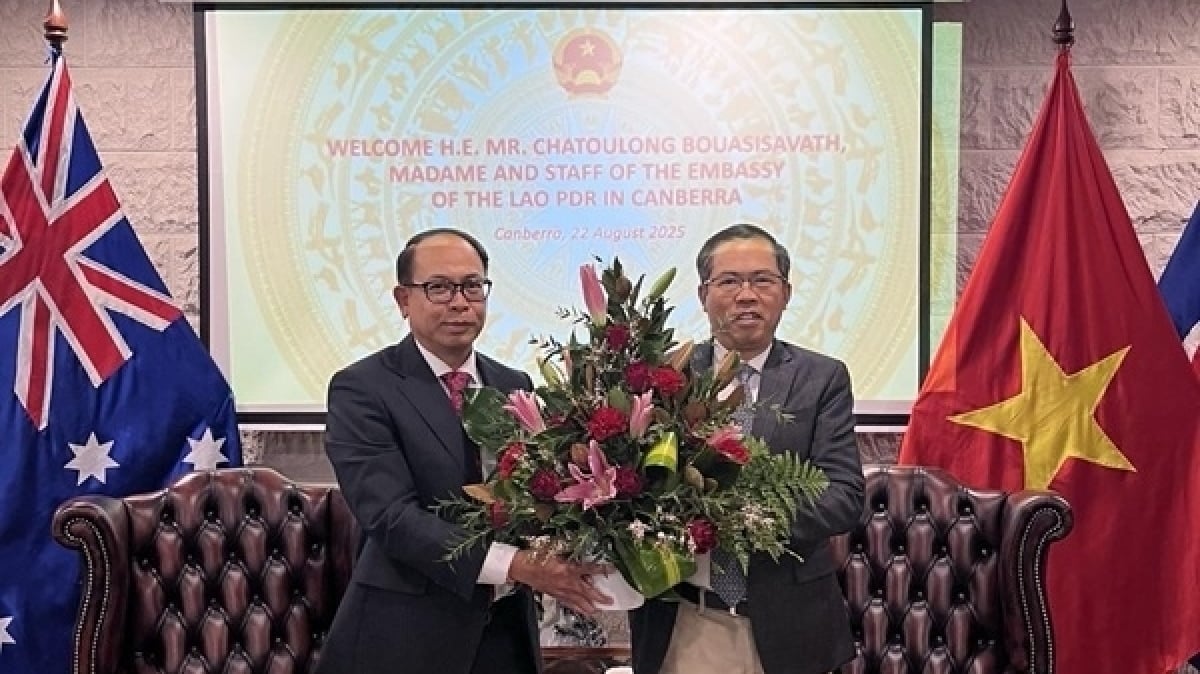
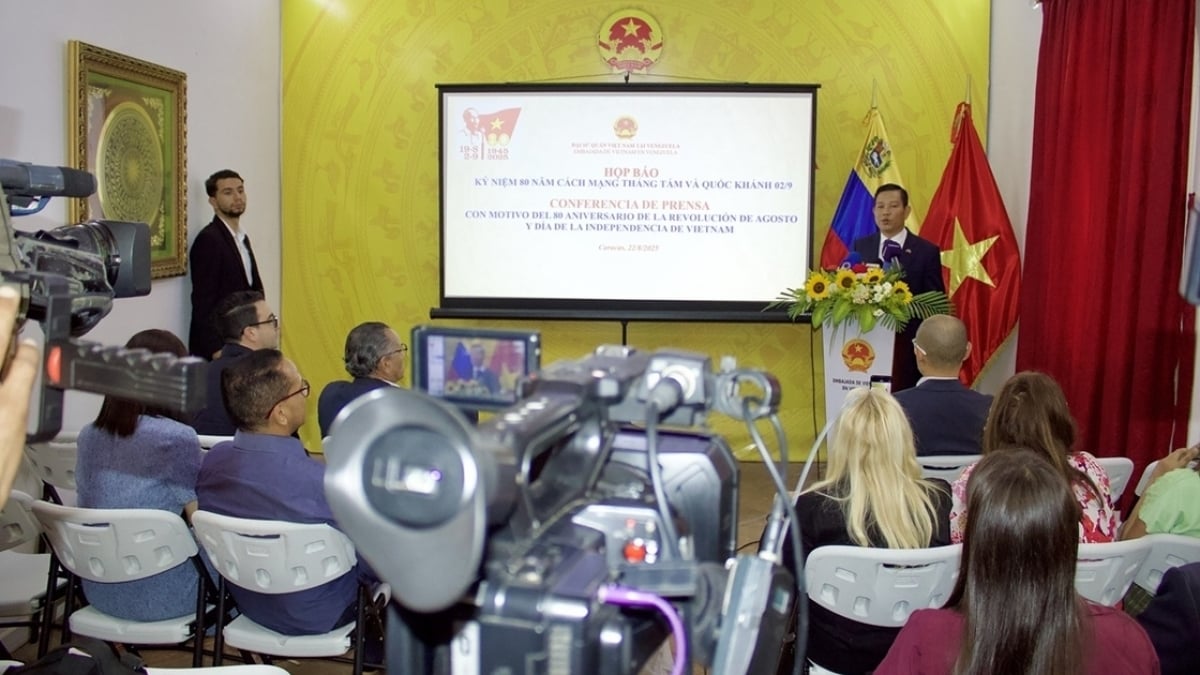

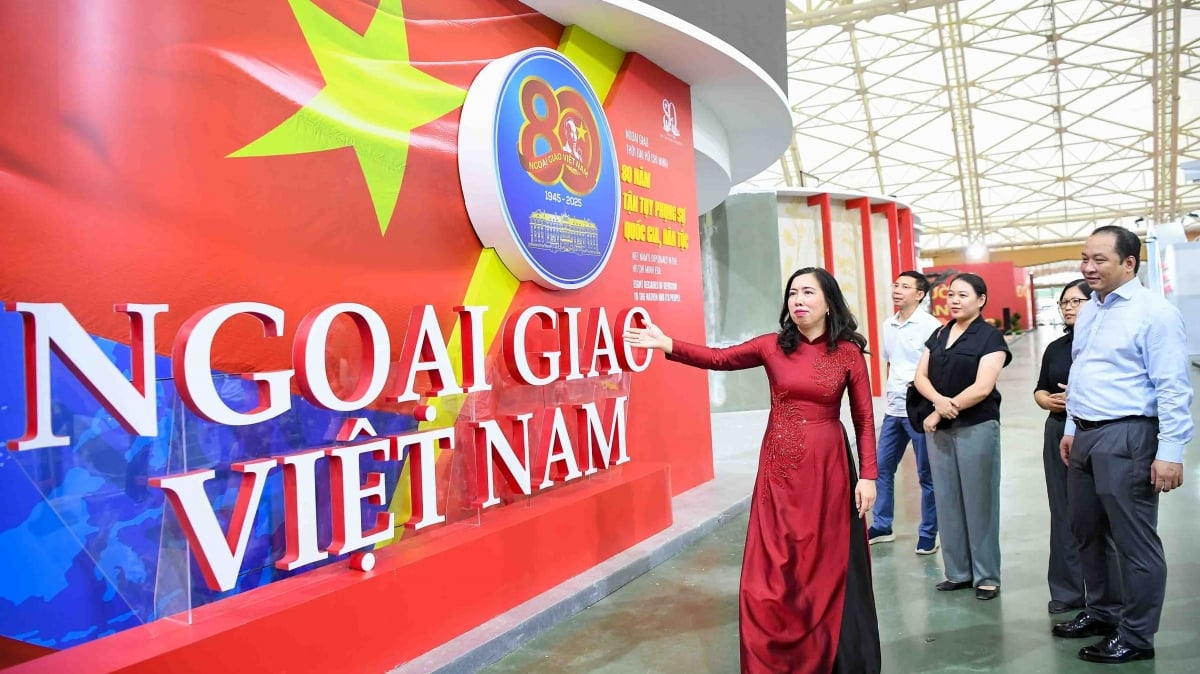
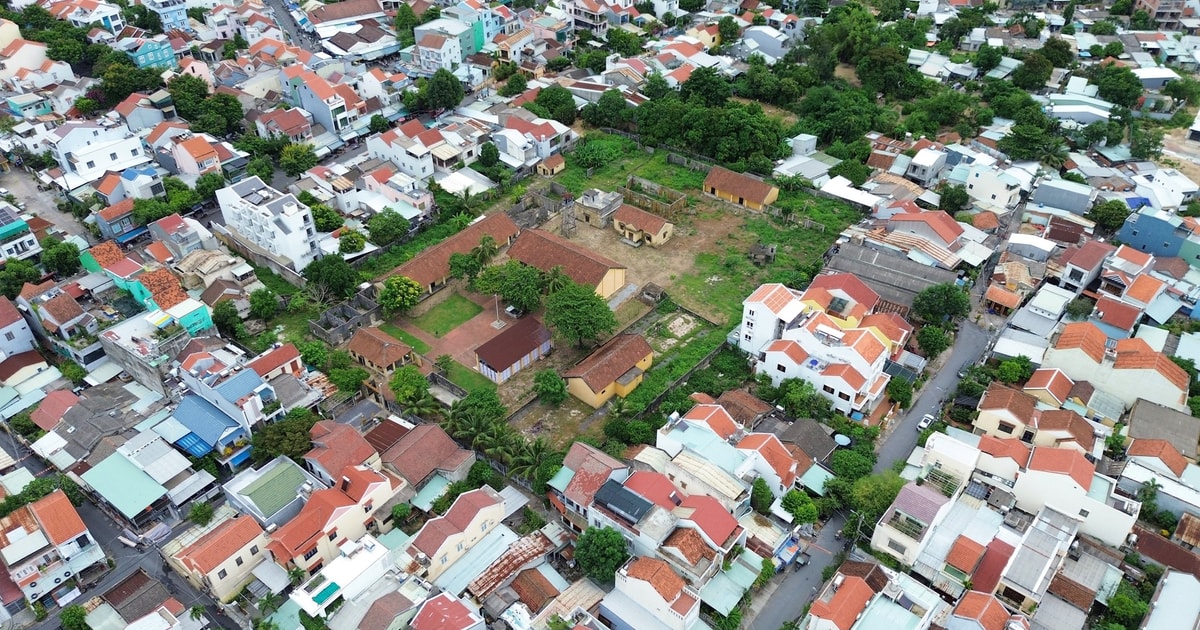




























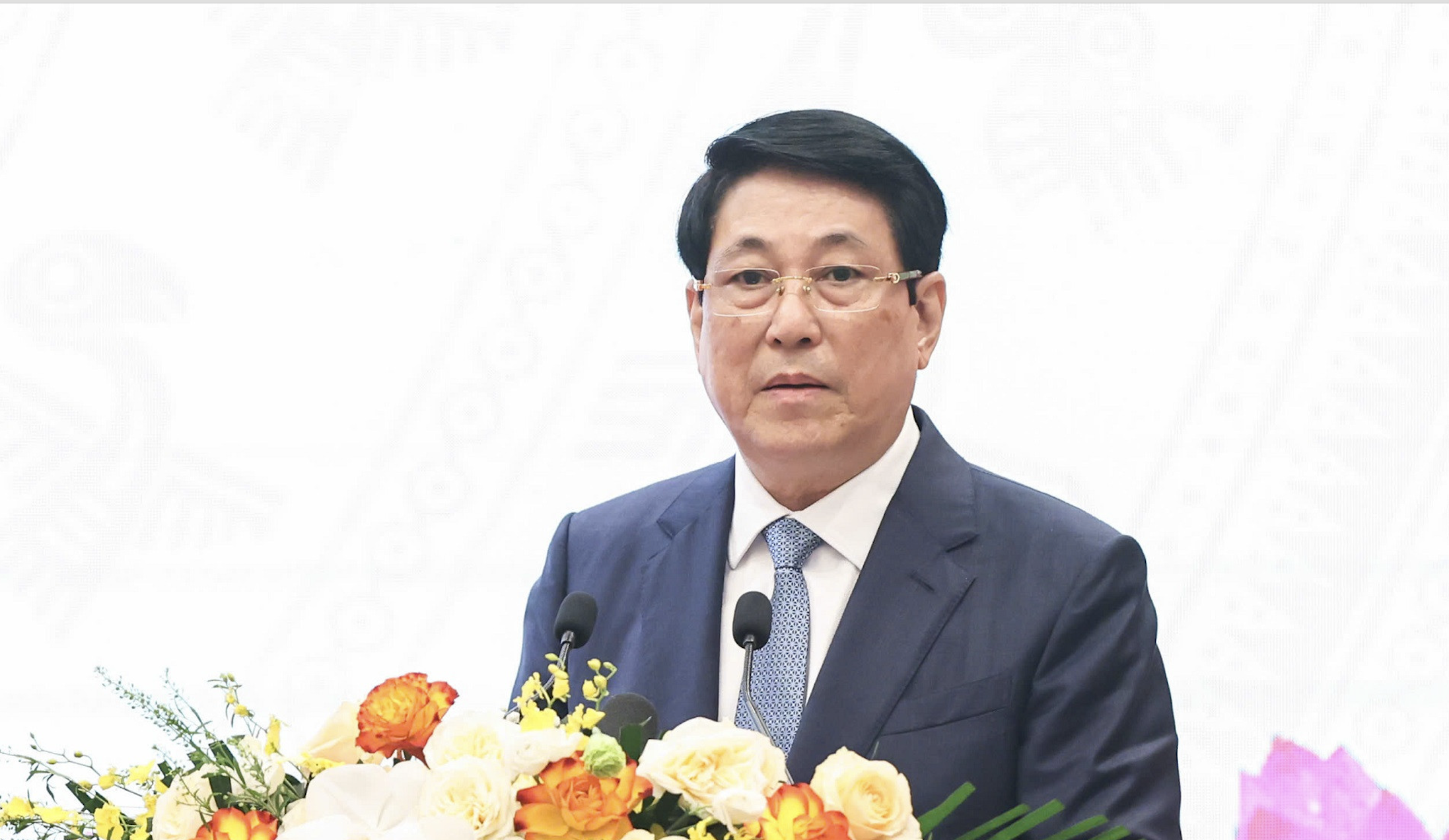


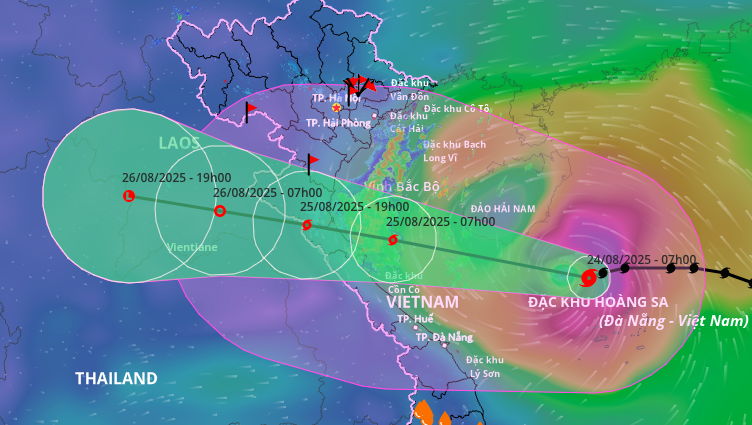













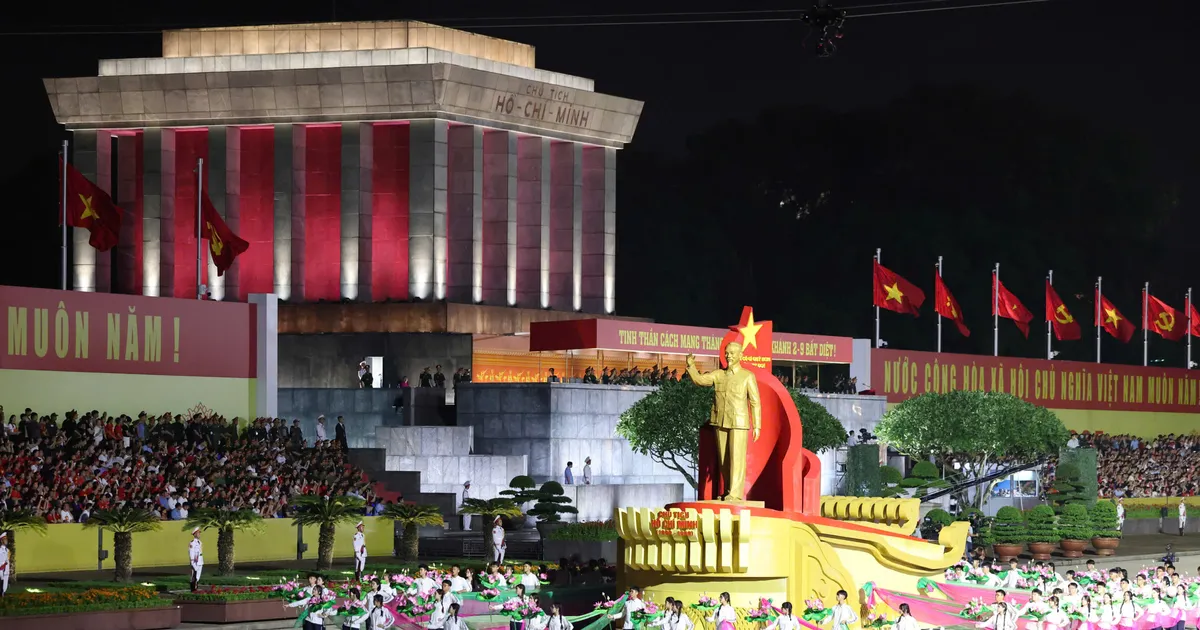





















Comment (0)